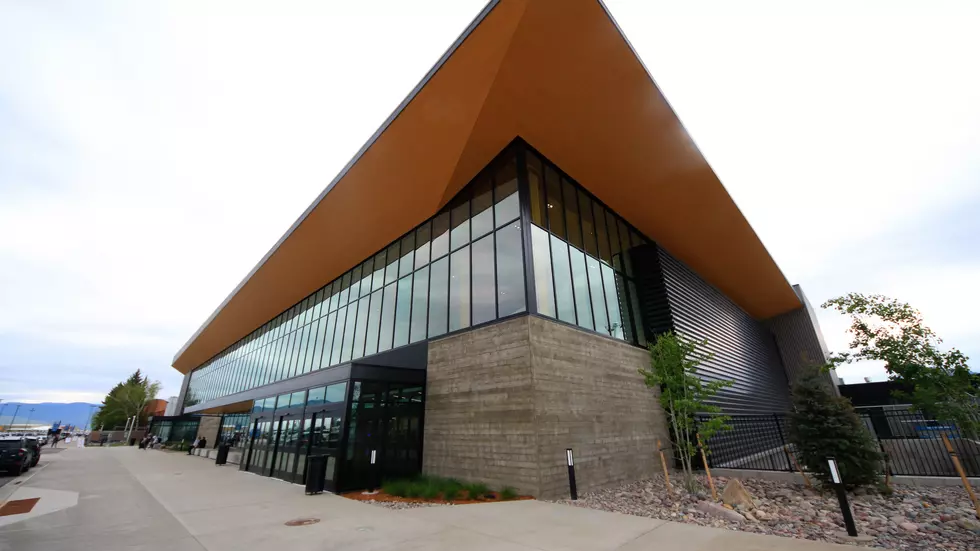![Montana Quake Expert – Fracking Activity Causing Human Induced Earthquakes [AUDIO]](http://townsquare.media/site/119/files/2014/06/fracking.jpg?w=980&q=75)
Montana Quake Expert – Fracking Activity Causing Human Induced Earthquakes [AUDIO]
Studies in states like Ohio are leading seismology experts to look at human induced earthquakes, due to hydraulic fracturing, or fracking.
Montana Bureau of Mines and Geology Earthquake Studies Director Michael Stickney said this week, that human induced earthquakes have become a very hot topic with his colleagues around the country.
"There is certainly a part of the mid-continent of the United States where most seismologists believe that humans are in fact having a significant influence on the rate of earthquake activity," Stickney said from his office in Butte. "States most affected right now are Oklahoma for the most part, as well as to a lesser extent in Texas, Kansas and Arkansas."
Stickney said the majority of the earthquakes being studied were not caused by fracking itself, but in activities surrounding the process.
"The vast majority of earthquakes that are believed to be human induced are caused by the disposal of waste generated by fracking and other oil-field activities," Stickney said. "It happens in deep disposal wells which are many thousands of feet deep into the crust of the earth to dispose of those liquid wastes in a place where they are well away from aquifers that may be used for drinking water purposes."
Stickney said the number of earthquakes specifically in Oklahoma has increased dramatically.
"Since 2010 the rate of earthquakes above 2,5 on the Richter scale in Oklahoma has increased by a factor of 600, which definitely gets your attention," Stickney said. "The evidence suggests to me that, in fact. humans are affecting the way seismicity is occurring in this part of the country. In fact, in the early 1960's near the Rocky Mountain Arsenal in Colorado, the army disposed of some liquid waste down some deep holes, and earthquakes started occurring in that area. One was a magnitude 5.2 earthquake that actually caused damage in Denver, a region where there had never been earthquakes historically."
Stickney said the U.S. government is beginning to get involved in the research into human induced earthquakes.
The United States Geological Survey is setting up monitoring stations in Oklahoma," he said. "One of the important things to understand is how close these earthquakes are to the actual deep injection wells , and if they increase or decrease over time, so that we can have better seismic information for the entire area."
Stickney said human induced earthquakes are part of the consequences of the continuing development of important energy sources in this country.
"Anywhere energy production occurs there are some adverse effects, and so far, I think that's what this human induced seismicity is being chalked up to," Stickney said.
Montana Bureau of Mines and Geology Earthquake Studies Director Michael Stickney
More From Newstalk KGVO 1290 AM & 98.3 FM









